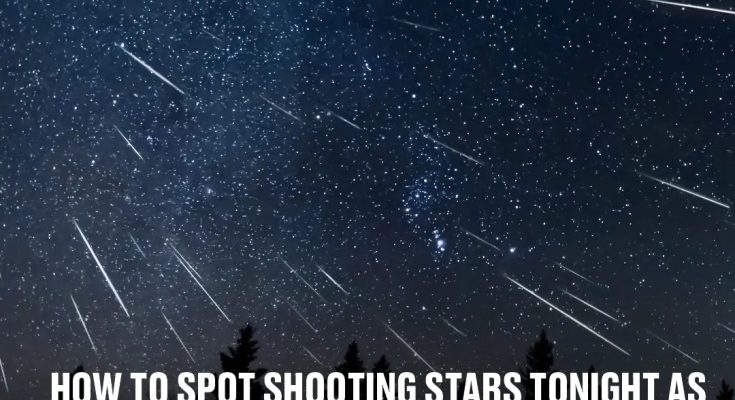Brits it’s time to grab your coats and head to somewhere with minimal light pollution as we’re set to witness another celestial event.
And no, we’re not talking about the Northern Lights for once.
According to current forecasts, tonight (17 November) is when the Leonid meteor shower will reach it’s peak.
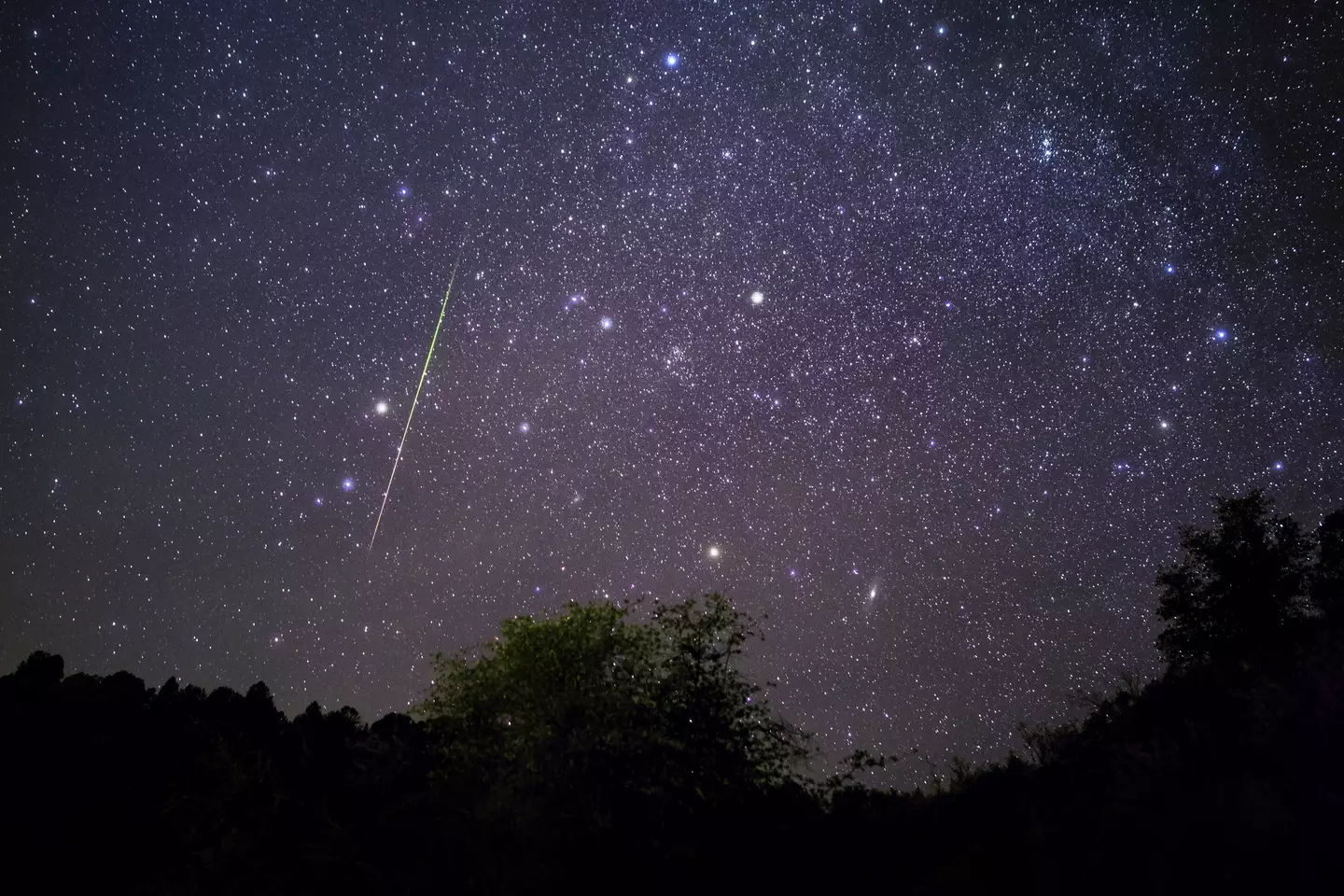
Listen up stargazers, as tonight you have to chance to see a meteor shower (Getty Stock Images)
What is the Leonid meteor shower?
Also referred to as shooting stars, meteor showers occur when debris left behind by comets shoot through the Earth’s atmosphere at rough speeds of 70 kilometres per second. The speed causes the debris to vaporise, which creates the familiar streaks of light in the sky.
The Leonid meteors originate from the comet 55P/Tempel-Tuttle and typically peak around mid-November every year.
Every 33 years, these comets will produce major storms where hundreds – and possibly even thousands – of meteors can be seen in the night sky. The last storm occurred in 2002, while the most famous storm is said to have seen around 100,000 meteors per hour shoot through the sky back in 1833.
Although tonight’s storm is very unlikely to be as impressive as this, it’s still something worth keeping an eye out for.
How can I see the Leonid meteor shower?
When it comes to maximising your chances of seeing the Leonids, advice from the Royal Museums Greenwich advises that you find a find a spot away from light pollution, ideally a place in which you can observe a large amount of the night sky with your feet pointing eastward.
.jpg)
Get ready to be patient if you want to see meteors tonight (Getty Stock Images)
The advice adds that you should give your eyes around 30 minutes to adjust to the dark, which will maximise your chances of seeing the meteors shooting across the sky.
It’s expected that around 10 to 15 meteors will be visible above the sky, which means you may have to be patient and not expect to be dazzled in your first few minutes of staring up at the sky.
For anyone feeling bold enough to head out into the wilderness in search of the meteors, NASA suggests bringing a sleeping bag, blanket or lawn chair with you.
It’s also important to note the meteor shower coincides with a full moon, which will impact your viewing capabilities. Make sure you also double check the weather before heading outside as well, as a cloudy night will also put a dampener on your viewing experience.
Featured Image Credit: (Getty Stock Images)
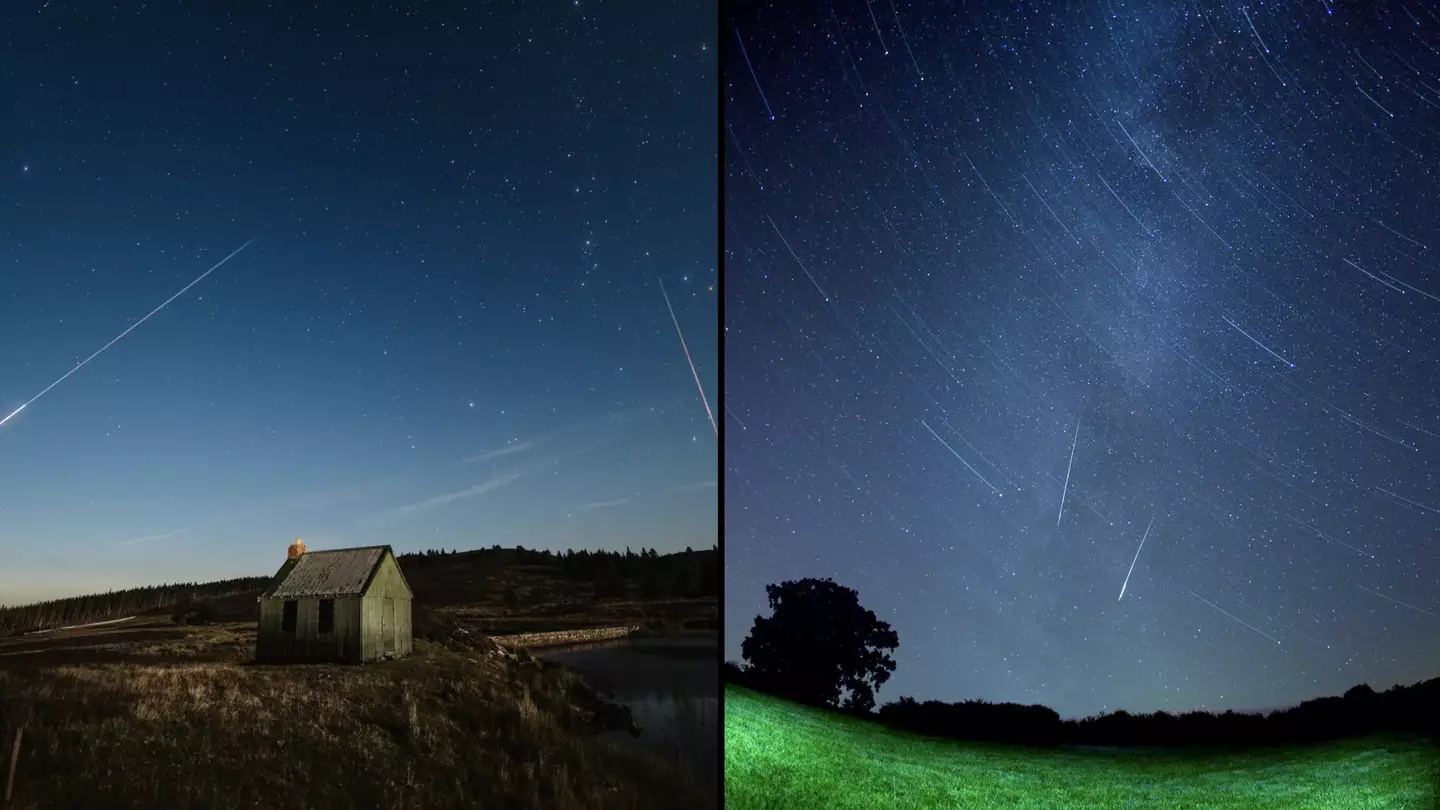
Get ready to make a wish lads, because you could be spotting a shooting star before going to bed.
Yep, there’ll be a meteor shower tonight (11 November) in the UK that will be visible to the naked eye.
The Northern Taurids will peak overnight, having been active since October. This meteor shower is caused by the Earth ploughing through debris left behind by Comet Encke.
It’s a particularly slow one but does produce some pretty bright meteors, so you might be lucky enough to see one of those ‘shooting stars’.
The astronomical event is so slow that it does only produce about five meteors an hour but with a decent weather forecast tonight, it could all work out.
.jpg)
The shower peaks tonight. (Getty Stock)
How to see The Northern Taurids meteor shower
To see a meteor shower, you need a good, clear view of the stars with no clouds getting in the way.
Much of the UK is in for a relatively good sky tonight but patches of fog might get in the way for some people – particularly across north Wales, north-west England, southern Scotland and Northern Ireland.
To be able to see the Northern Taurid meteor shower peak tonight, you want to head somewhere with dark skies, a decent unobstructed horizon and very little light pollution. So basically, get out of the cities.
Luckily, you won’t need to bother with binoculars or a telescope, your own bare eyes should be able to see it just fine.
However, it will help if you go out a little early and give your eyes about half an hour to be able to adjust to the dark.
And as to when it comes to the best time to see it tonight, that should come at about midnight.
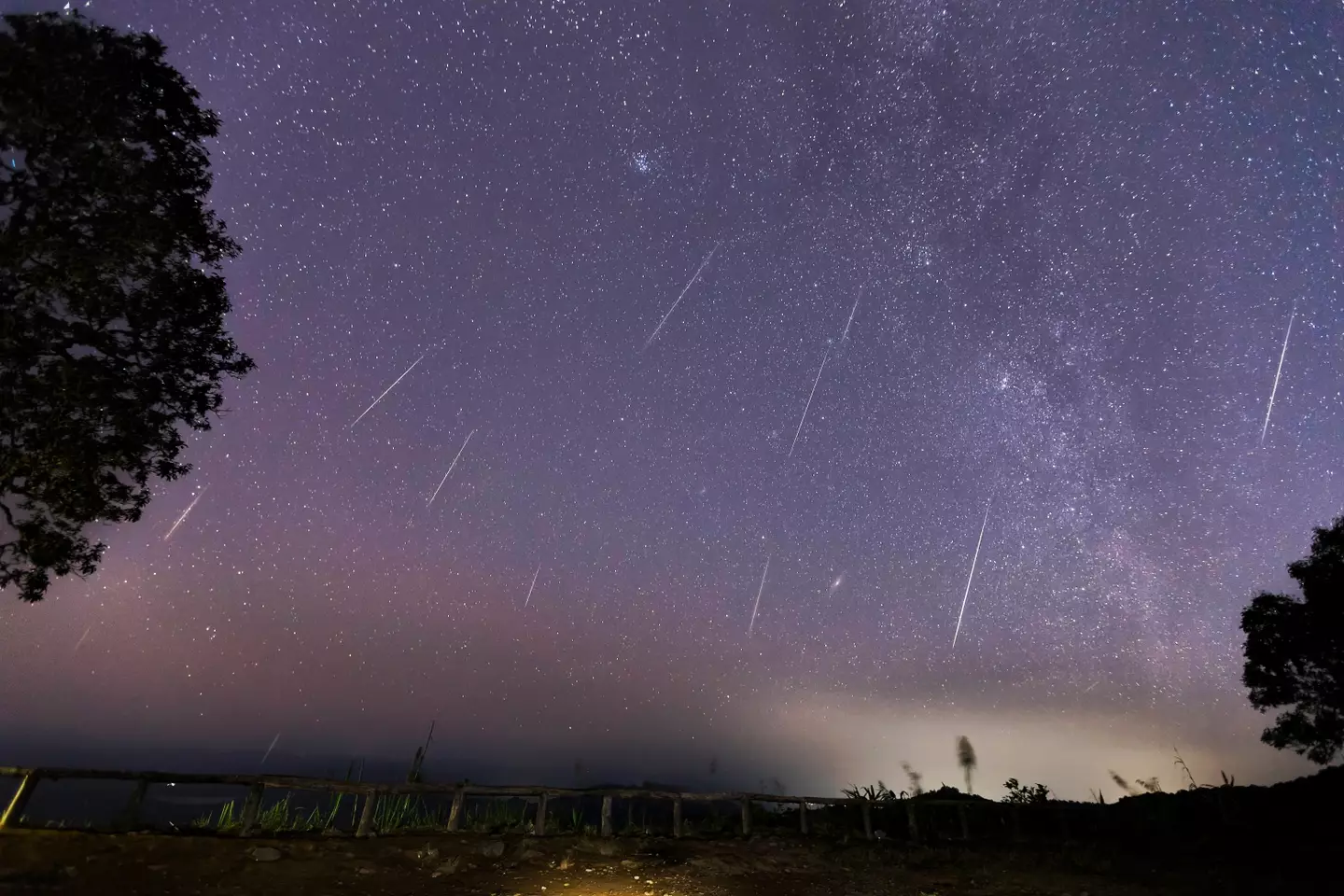
It’ll be best with a clear sky. (Getty Stock)
This is because that’s when the shower’s radiant (the spot in the sky from which the meteors appear to emanate), the Taurus constellation, is right up high in the night’s sky.
Those shooting stars will be visible all over the place, so make sure to move your eyes about the nearby constellations to try and spot as many of them as you can.
If you can’t be bothered staying up for this tonight, the Leonid meteor shower will peak next week on 18 November.
The Leonids tend to be one of the most prolific with fast and bright meteors.
But the only issue with it this year is that it’ll happen a couple days after Full Moon, meaning the natural light pollution will impact visibility.
Featured Image Credit: Getty Stock Photos
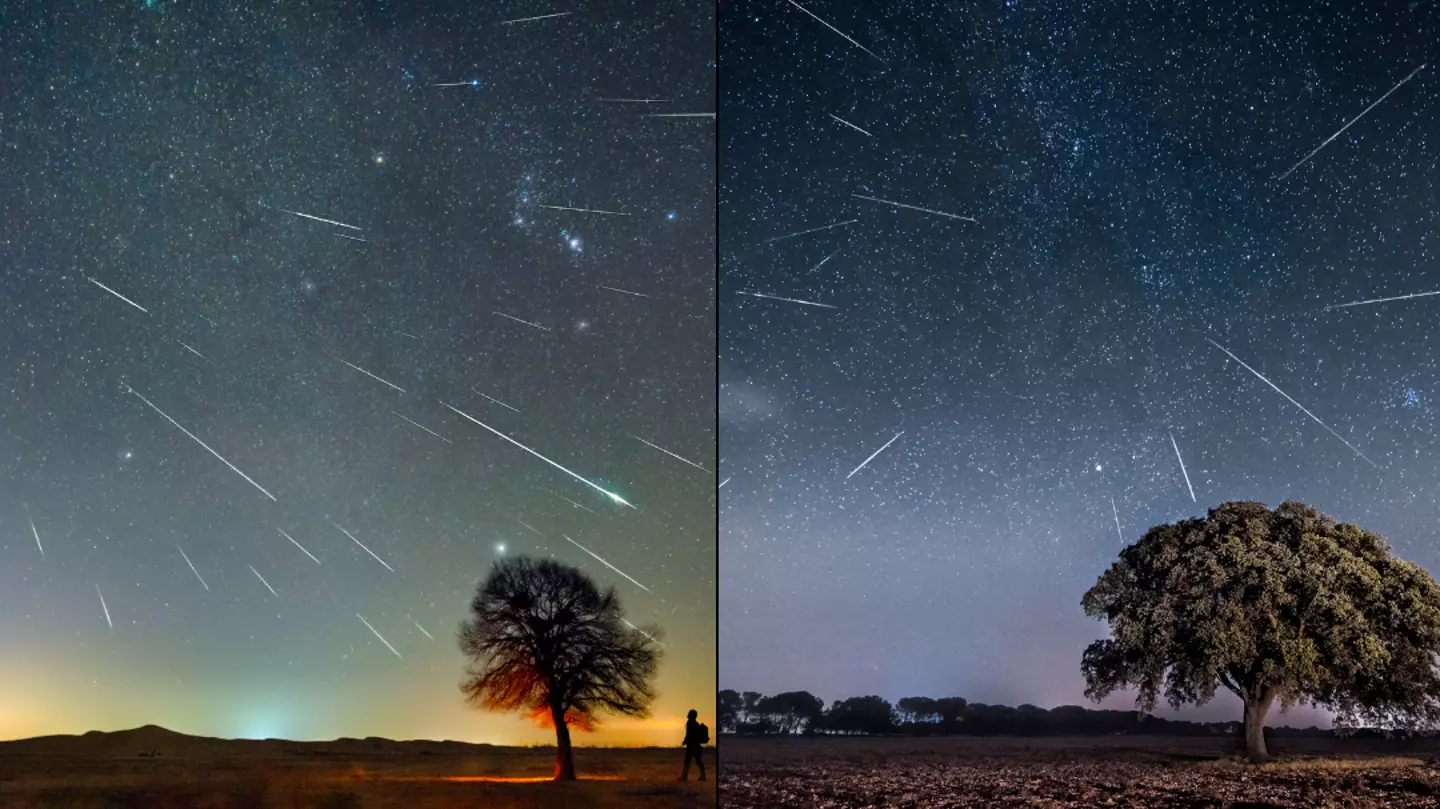
Stargazers in the UK are set to be treated to a meteor shower very soon.
The spectacle will feature around 25 shooting stars an hour and is expected to light up the night sky, but more importantly, light up your Instagram story.
The Delta Aquariids meteor shower happens to be the start of the summer meteor season in the Northern Hemisphere.
What causes the Delta Aquariids?
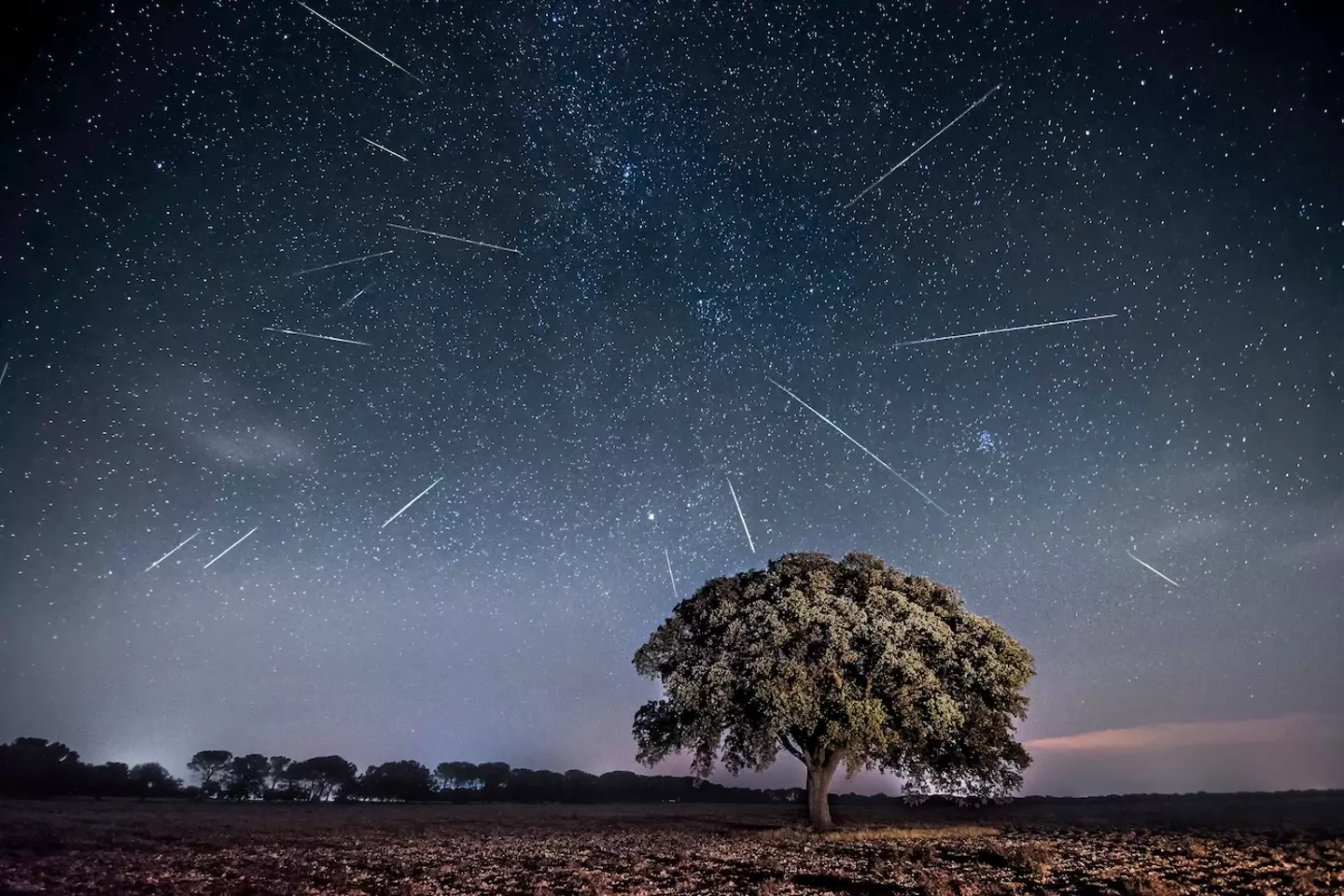
Stargazers could be in for a treat. (Getty Stock Images)
The Delta Aquariids takes place when the earth passes through the debris left by the periodic comet 96P/Machholz.
The comet was discovered by Donald Machholz, back in 1986, and is estimated to have a diameter of around four miles (6.4 kilometres).
And just for context, it takes just over five years for the comet to complete one orbit around the sun.
But as the comet orbits the sun, it sheds tiny fragments of debris and when earth intersects it, these particles enter our atmosphere at around 25 miles per second.
From friction with the atmosphere causing the particles to burn up, it creates the bright streaks of light known as meteors.
But the shower actually gets its name from the constellation (a group of stars) Aquarius, where the point from which the meteors appears to originate from, is located.
When is the best time to see the Delta Aquariids?
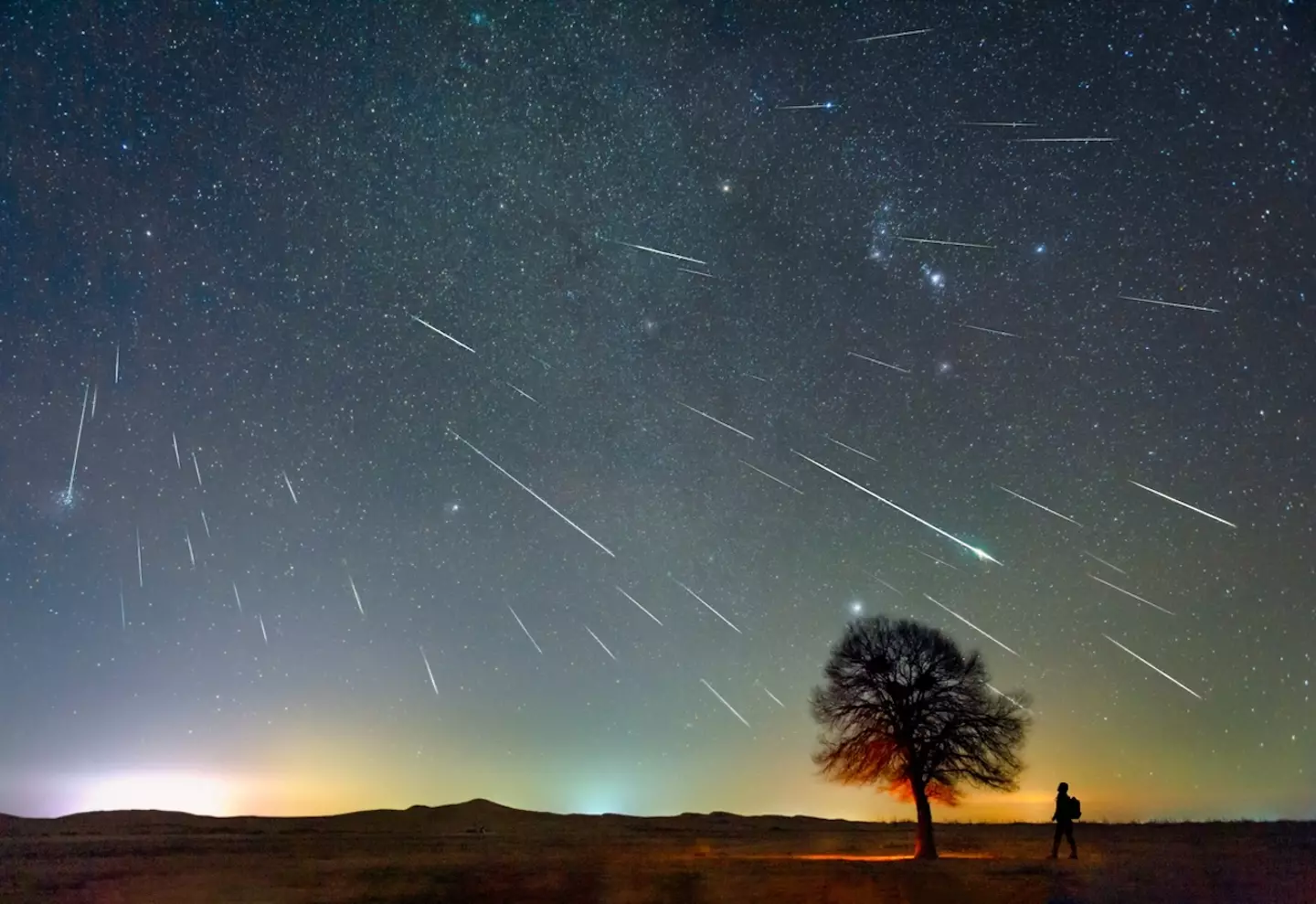
If you’re lucky enough to witness the Delta Aquariids, it really is an incredible sight. (Getty Stock Images)
The Delta Aquariids is usually visible from mid-July to late August.
However, the best UK viewing time is thought to be in the hour or two after midnight in the early hours of Tuesday (30 July).
What is the best way to see the Delta Aquariids?
The meteor shower is best observed in the early morning hours and for optimal viewing, it’s always worth finding the darkest location possible, away from city lights, according to the American Museum of Natural History.
Though sitting in the dark might sound a bit scary, experts suggest for you to lie back comfortably, allowing your eyes 20-30 minutes to adjust to the darkness.
If you can, look towards the constellation Aquarius, but bear in mind that meteors can appear anywhere in the sky.
The recommendation is to avoid using telescopes or binoculars, as they limit your field of view.
Clear, moonless nights provide the best conditions for visibility, along with air conditions that aren’t affected by too much by pollution.
The Southern Hemisphere and southern latitudes of the Northern Hemisphere tend to offer the best vantage points.
Featured Image Credit: Getty Stock Images
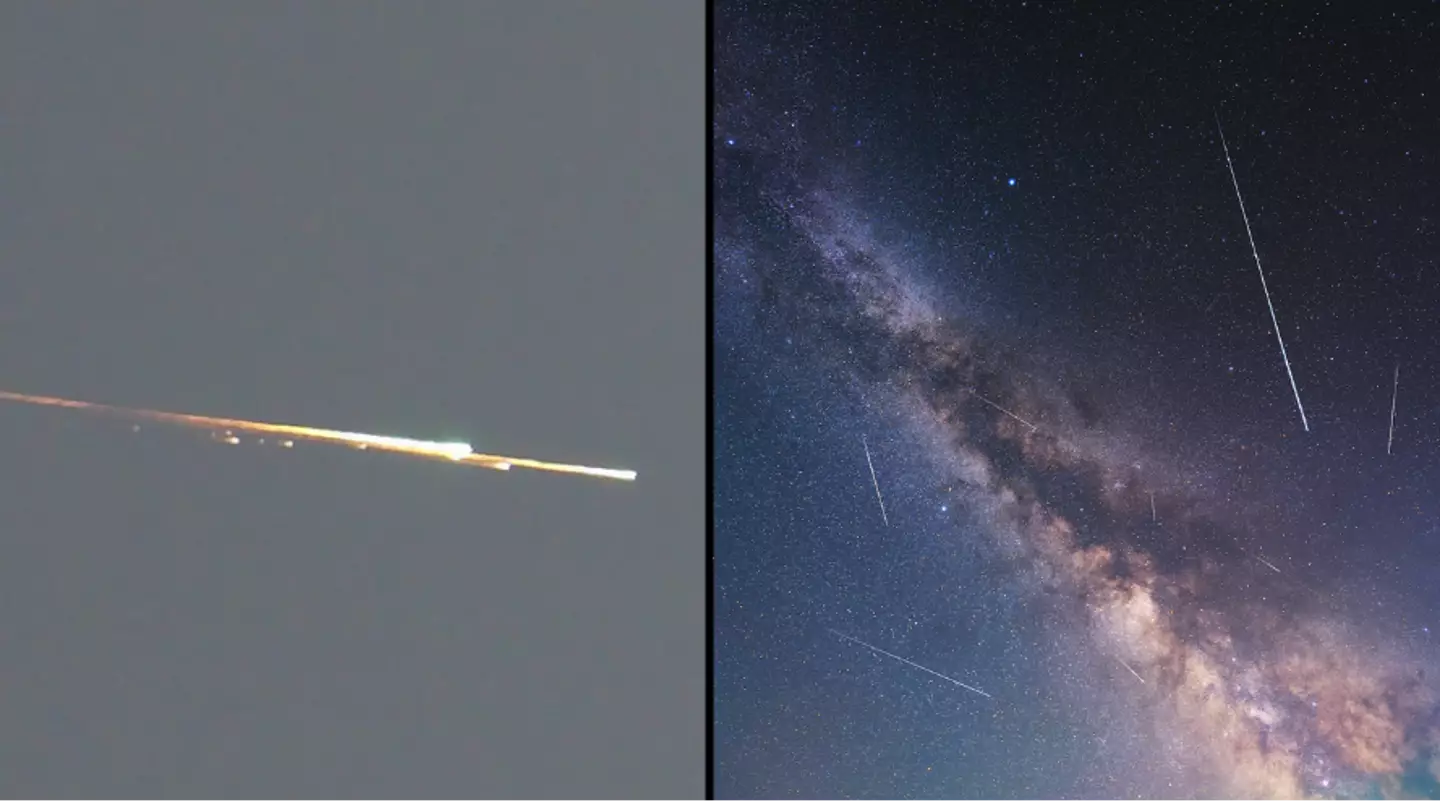
Stargazers could be in for a treat tonight as an epic meteor shower is set to light up the night skies.
The Ursid Meteor is an annual event that takes place during December and this year, it’s set to reach its peak today and tomorrow (22 and 23 December).
The Royal Museums Greenwich said: “Ursids meteors appear to radiate from near the star Beta Ursae Minoris (Kochab) in the constellation Ursa Minor.
“However, the actual source of the shooting stars is a stream of debris left behind by comet 8P/Tuttle. Meteors are debris that enters our planet’s atmosphere at speeds of up to 70 kilometres per second, vaporising and causing the streaks of light we call meteors.”
At their peak, the Ursids usually produce around 10 meteors per hour, which is much less than some other meteor showers.
However, they’re one of the easiest to catch a glimpse of as their timing coincides with the winter solstice, meaning stargazers will have the maximum hours of darkness to watch them.
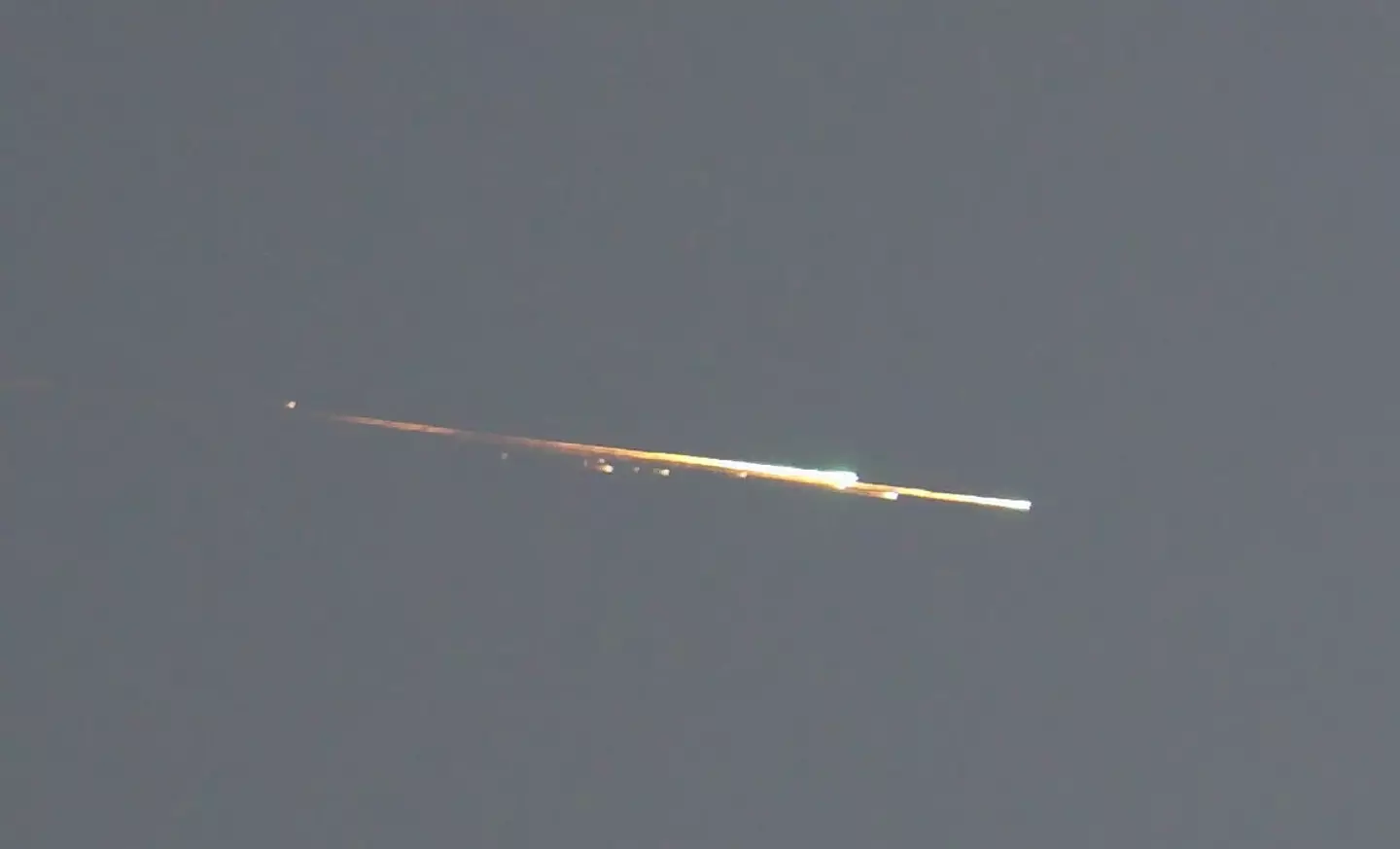
SWNS
Anna Gammon-Ross, senior planetarium astronomer at the Royal Observatory Greenwich told the Daily Mail: “Although this may not be the most impressive shower in terms of numbers of meteors, it is a great one to look for as the radiant point in Ursa Minor is always high in the North of the sky – this constellation never sets.”
And if you fancy trying to get a look yourself, then Doctor Greg Brown, an astronomer at the Royal Observatory Greenwich has some advice.
He told the Press Association: “The Ursids meteor shower is a fairly minor display occurring in late December. With at best around 10 meteors per hour in ideal conditions, many observers won’t see more than a few meteors even around the peak.
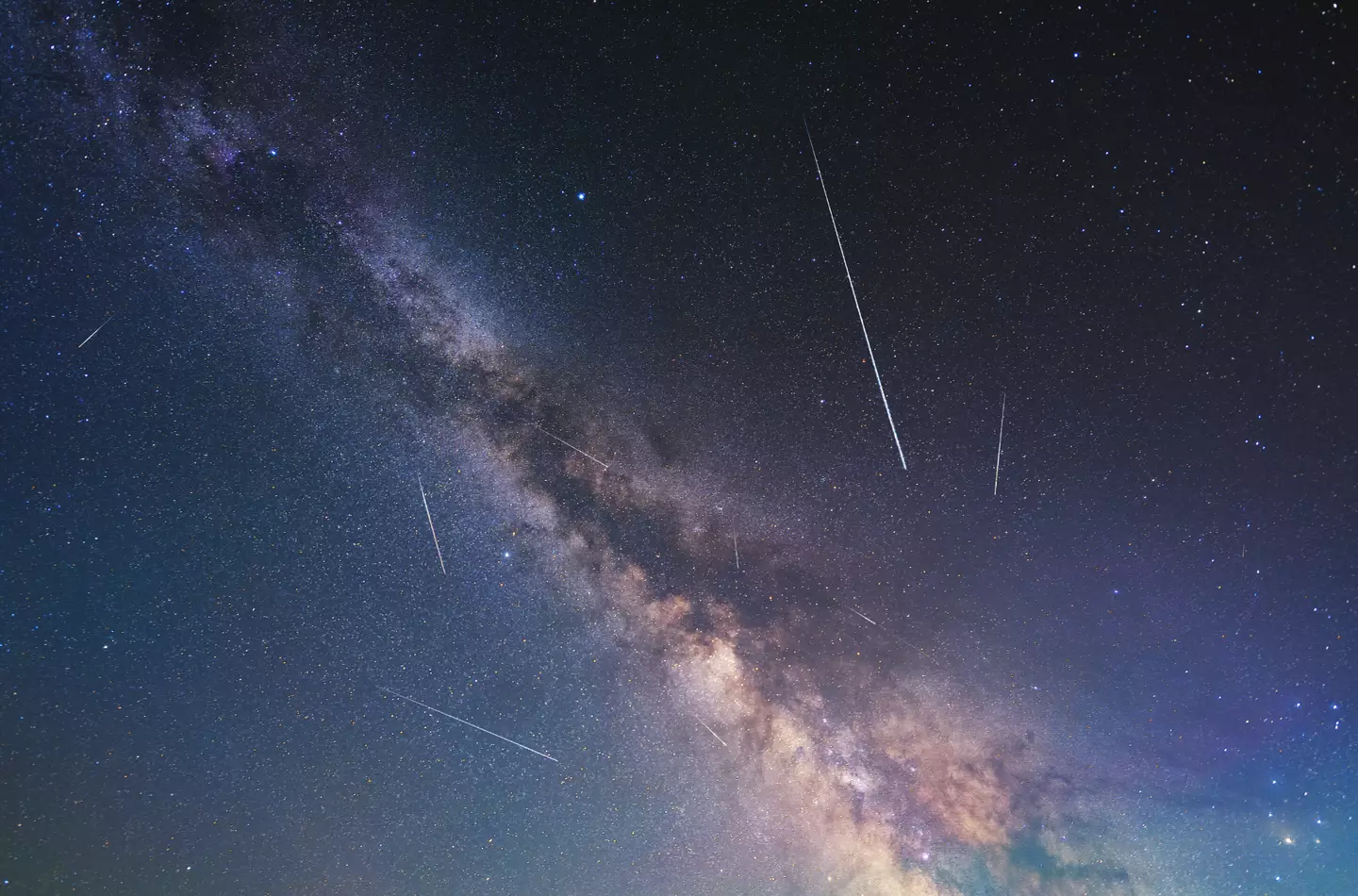
Getty stock image
“However, if you want to try and see this shower for yourself the usual tips apply.
“Try and find a place with a low horizon to grant yourself the best view of the sky, and wait for the early hours of the morning when the shower will be at its best.
“Fill your view with as much of the sky as possible (a deckchair can be a real help here) and wait.
“Eventually, you’ll see the bright streaks of light that are due to the Earth smashing into a trail of dust left behind the Comet 8P/Tuttle.
“But most importantly of all for this mid-winter display, don’t forget to wrap up warm.”
Featured Image Credit: SWNS/Getty stock image
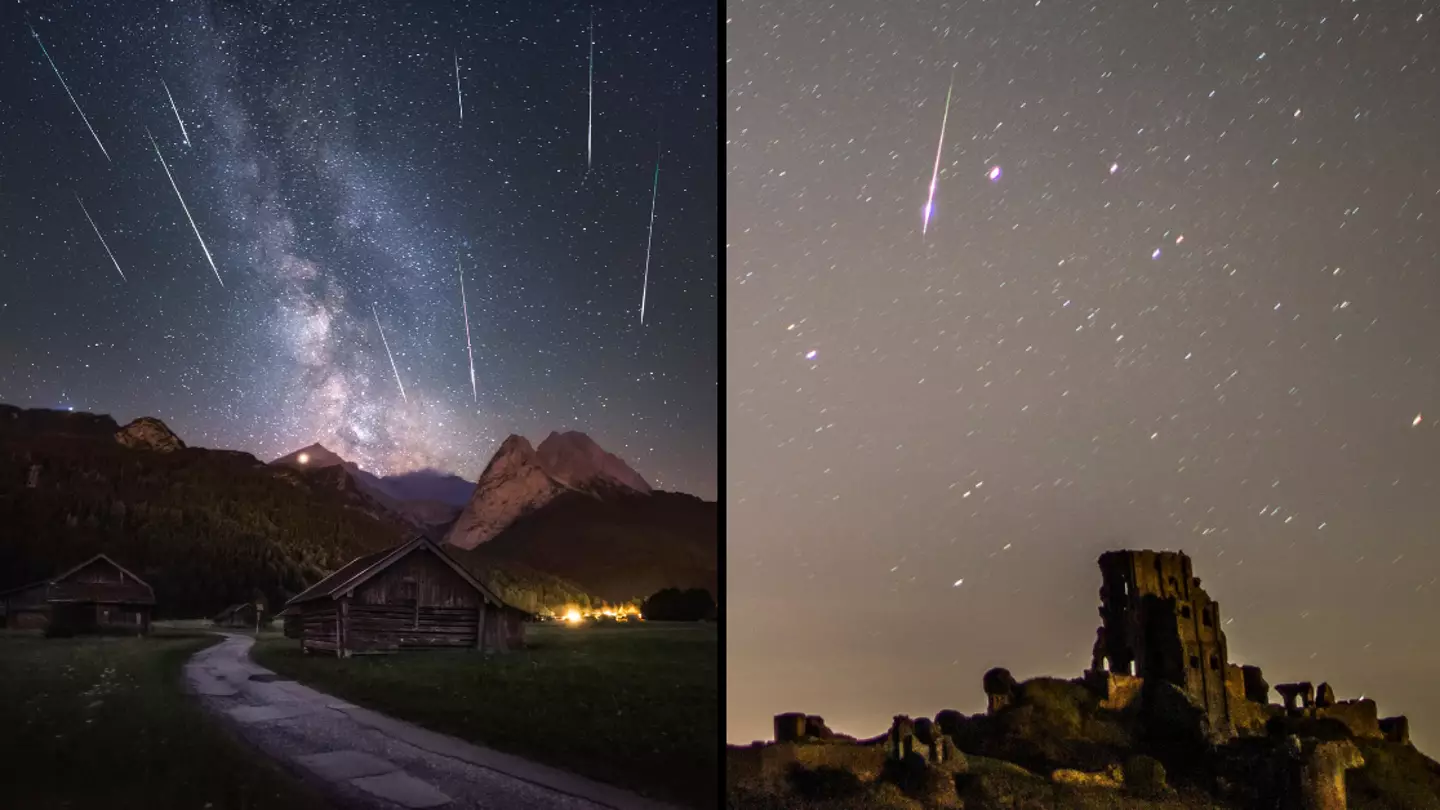
Brits are being urged to look to the heavens after the sun sets with the legendary Perseid meteor shower set to light up the night skies for one more night.
The natural phenomenon has been recorded for almost 2,000 years having first been discovered back in 36 AD.
Up to 100 meteor fragments – also known as shooting stars – will light up the night sky every single hour. That’s a hell of a lot of fragments.
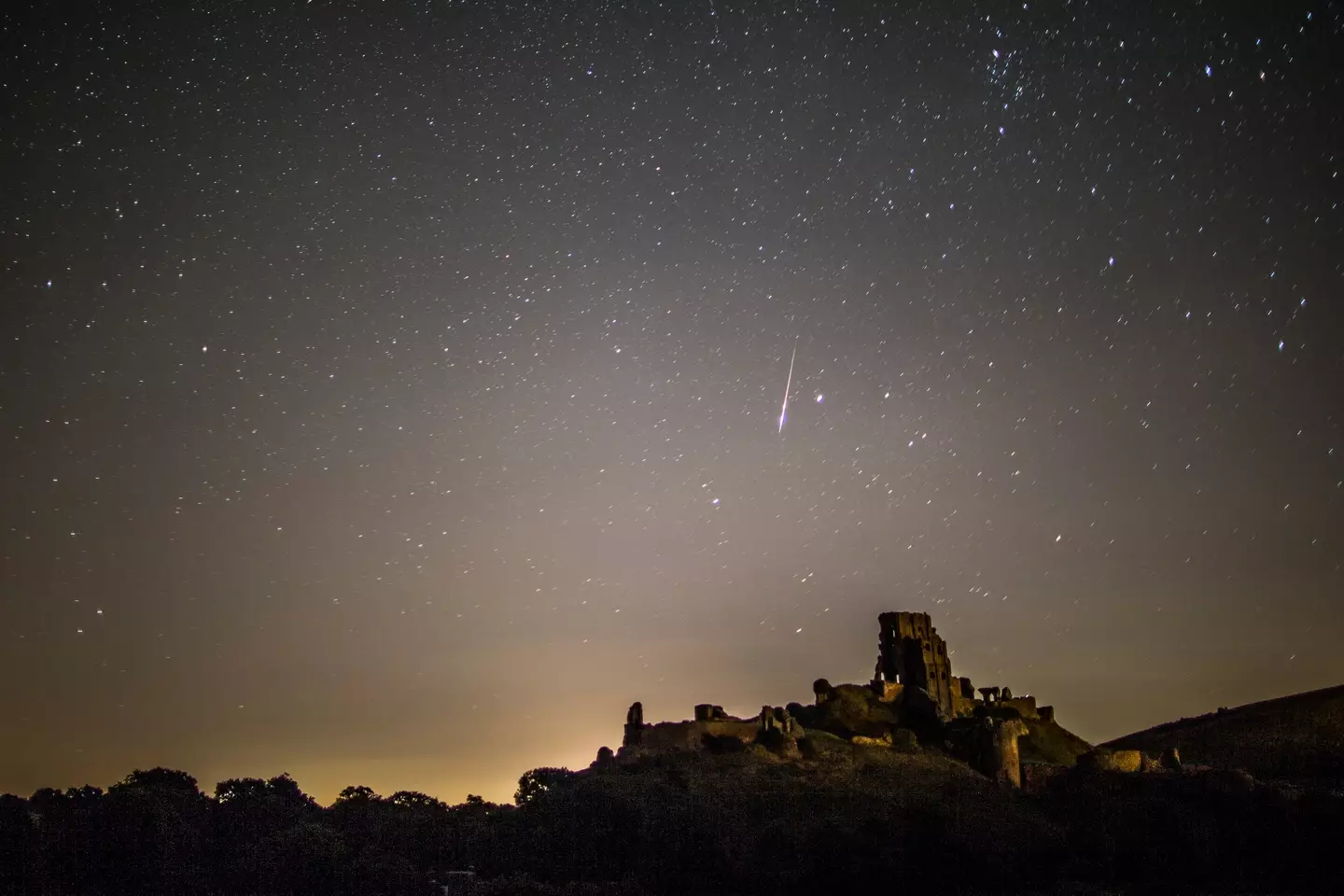
The Perseid meteor shower will shine bright again tonight (Dan Kitwood / Getty Images)
What is the Perseid meteor shower?
Burning up in the Earth’s atmosphere, the pieces of rock are breakaway fragments from the Comet Swift-Tuttle. With a core of rock spanning 26 kilometres across, it has been lighting up the night skies for centuries on end.
Once the pieces of rock burn up in the atmosphere, they leave bright tails of light across the dark sky behind them.
When they hit the Earth’s atmosphere, the fragments are tiny but travelling at roughly 36 miles per second – with the speed being the reason for the volatile burn up, as per The Sun.
The speed means that the meteor fragments can burn up in the atmosphere at temperatures hotter than 5,500 degrees Celsius.
Now, space boffins at NASA have said we’re expecting the ‘best meteor shower of the year’ – so make sure you look up.
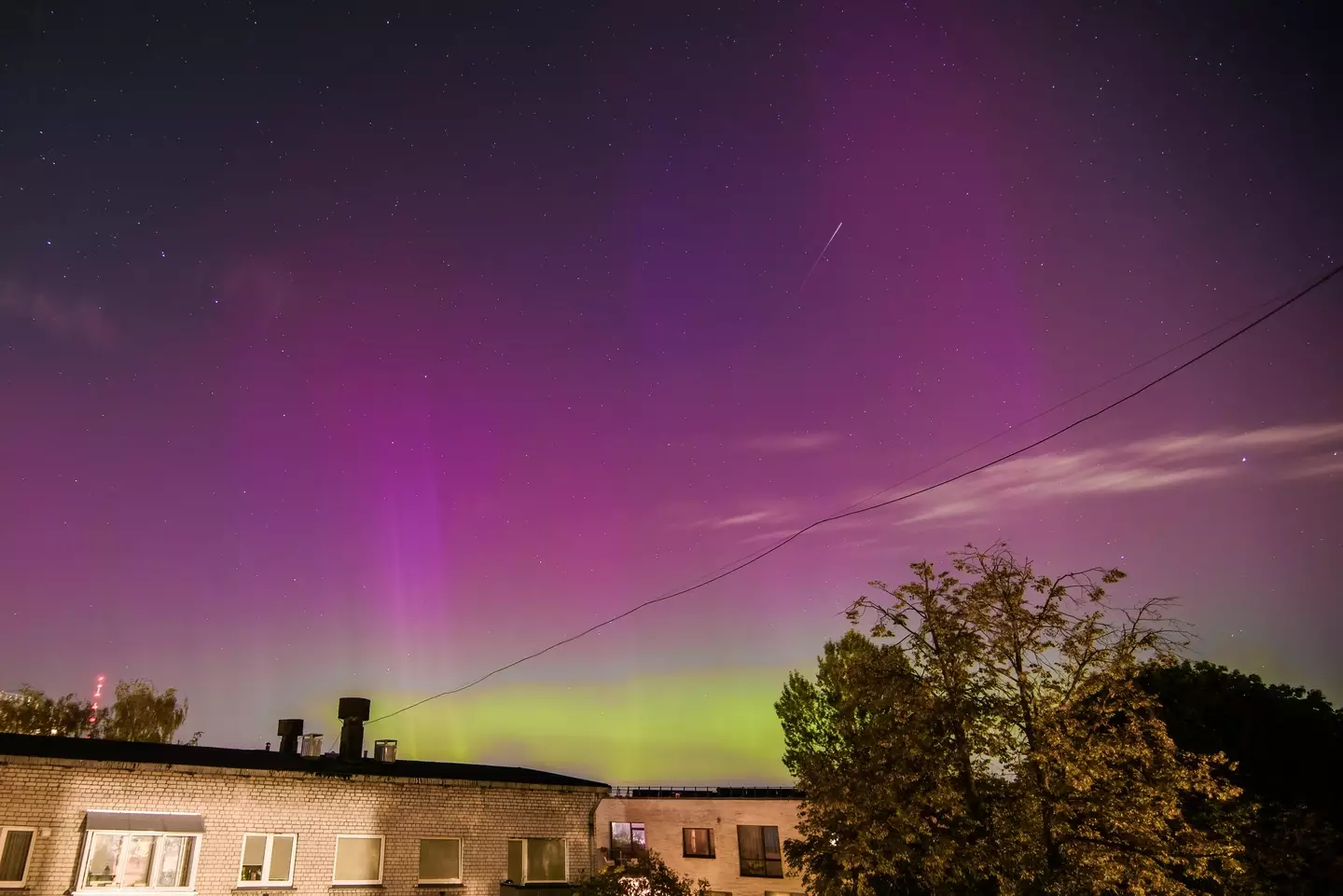
The Perseid meteor shower and Northern Lights combined last night for a stunning spectacle (Yauhen Yerchak/SOPA Images/LightRocket via Getty Images)
Watching the Perseid meteor shower
It’s now or never if you want to catch the Perseid meteor shower this year, with it set to come to an end after tonight (13 August).
According to Daniel Brown, an associate professor in astronomy at Nottingham Trent University, you need to make sure you find a ‘place that is dark’ and set up shop.
We’re looking at a time period of roughly 30 minutes to acclimatise to the darkness Brown says, so you can’t rush it.
He said as per Sky News: “Bring along patience, and it is best to observe a big range of the sky as meteors will be visible all over.
“Best time this year during the main peak is the second half of the night, that is the early hours of August 13.”
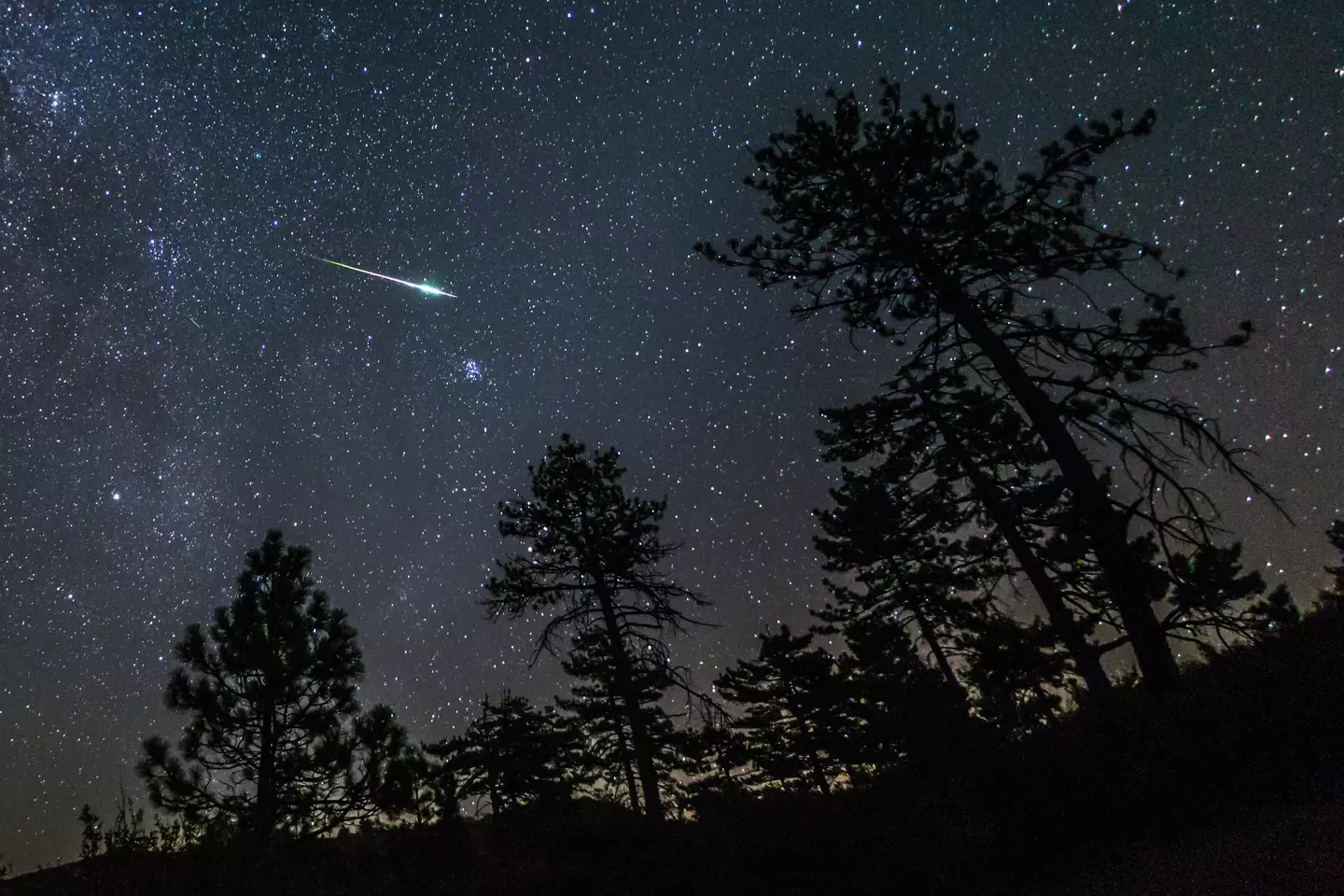
The Perseid meteor shower has been wowing humanity for almost 2,000 years (Getty Stock Images)
Weather is critical
As with last night’s Northern Lights spectacle, we’re praying on clear skies to make seeing the natural phenomenon possible.
On the forecast for 13 August, the Met Office says: “Cloud and rain will spread across the north and west today where it will feel fairly cool.
“Staying dry and bright in eastern England and feeling very warm. Breezy for many, with strong winds in western Scotland.
“Skies will gradually clear in the north tonight and winds will ease. Skies will become cloudy across the south with drizzle and it will stay mild.”
